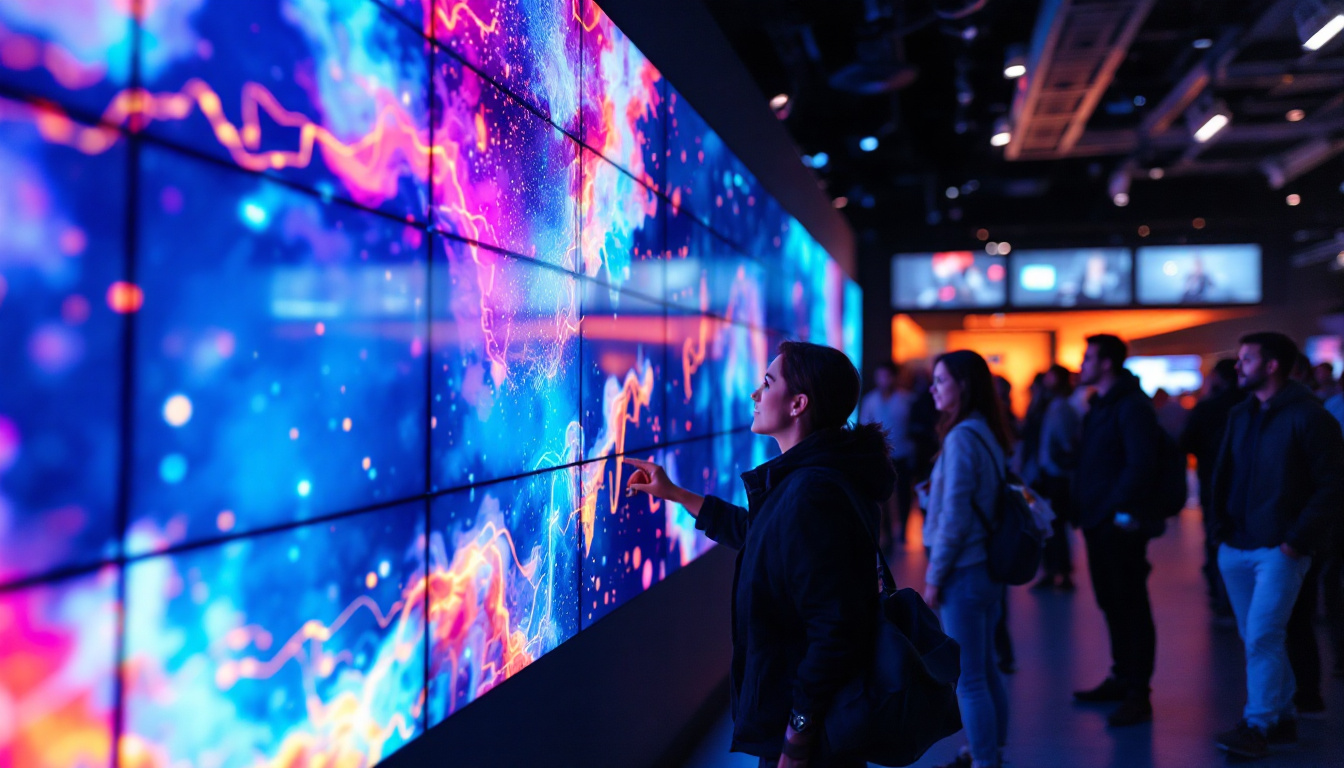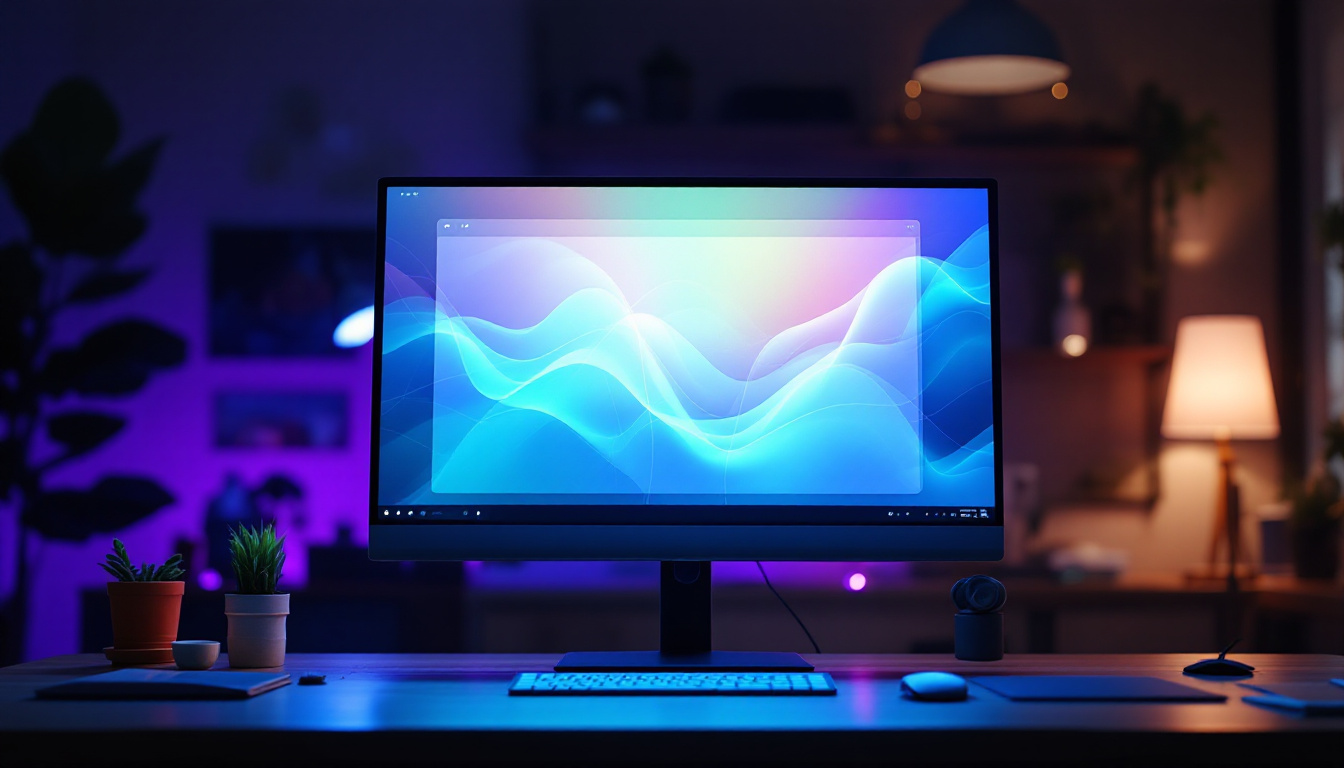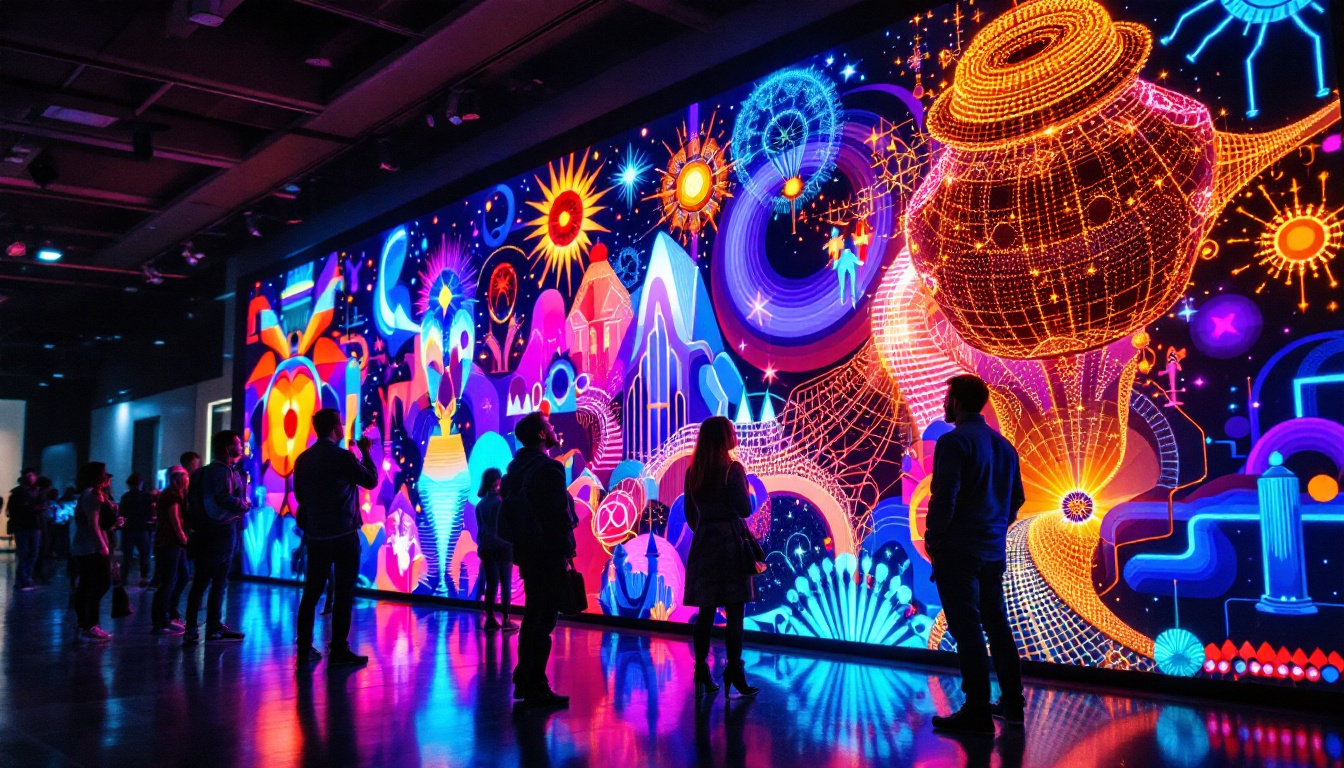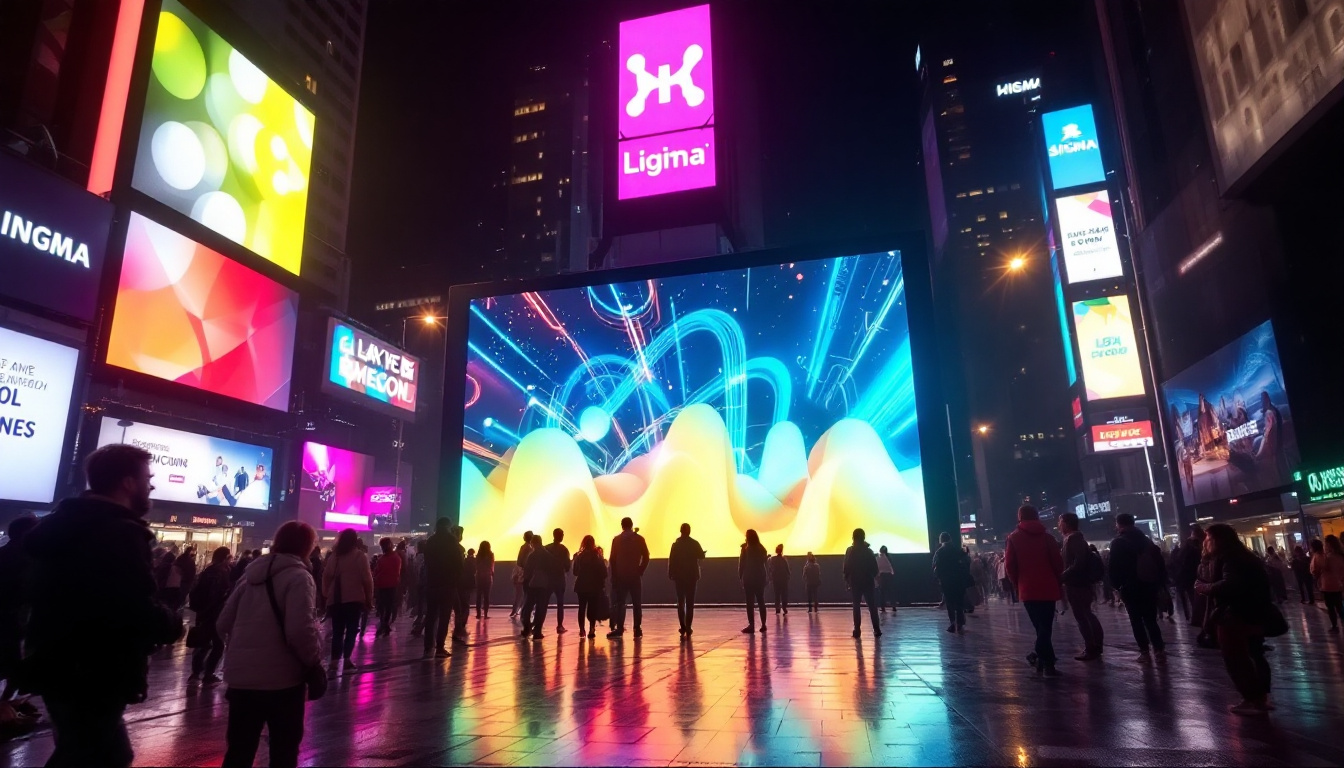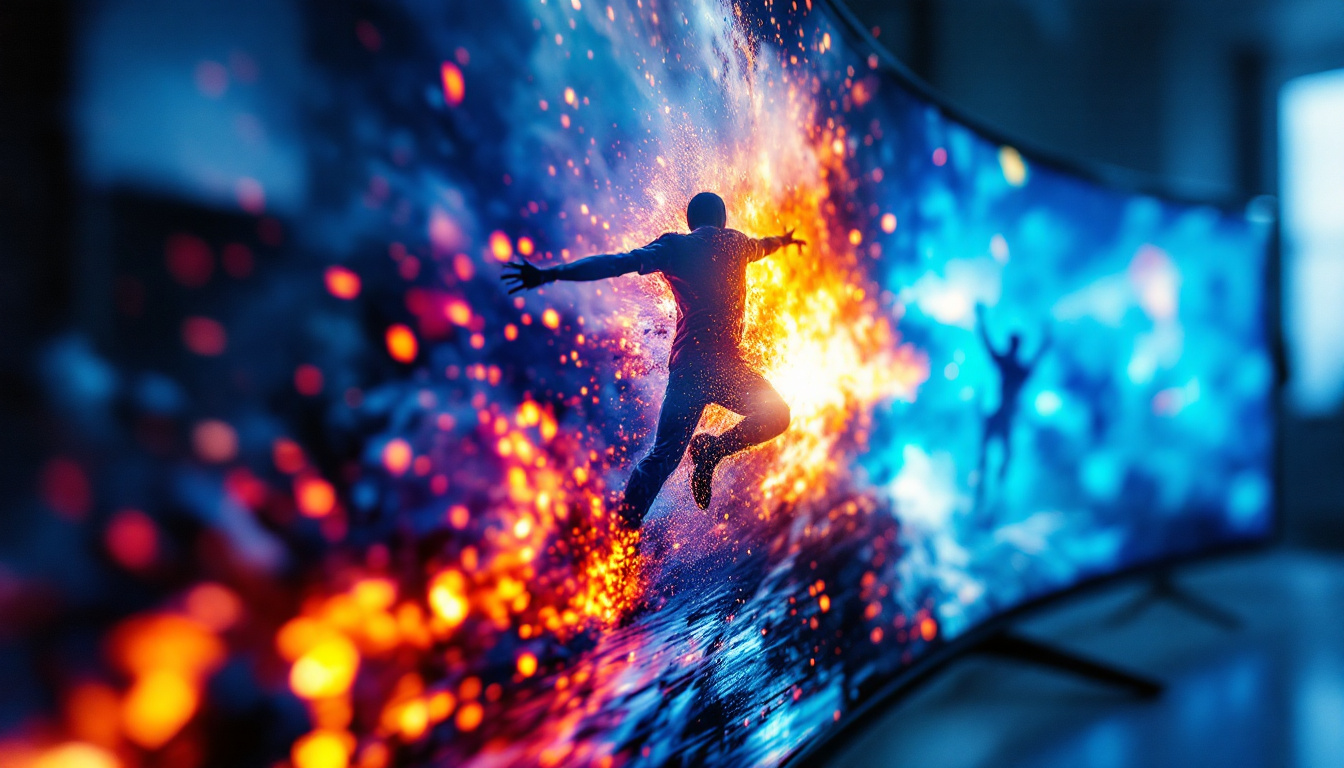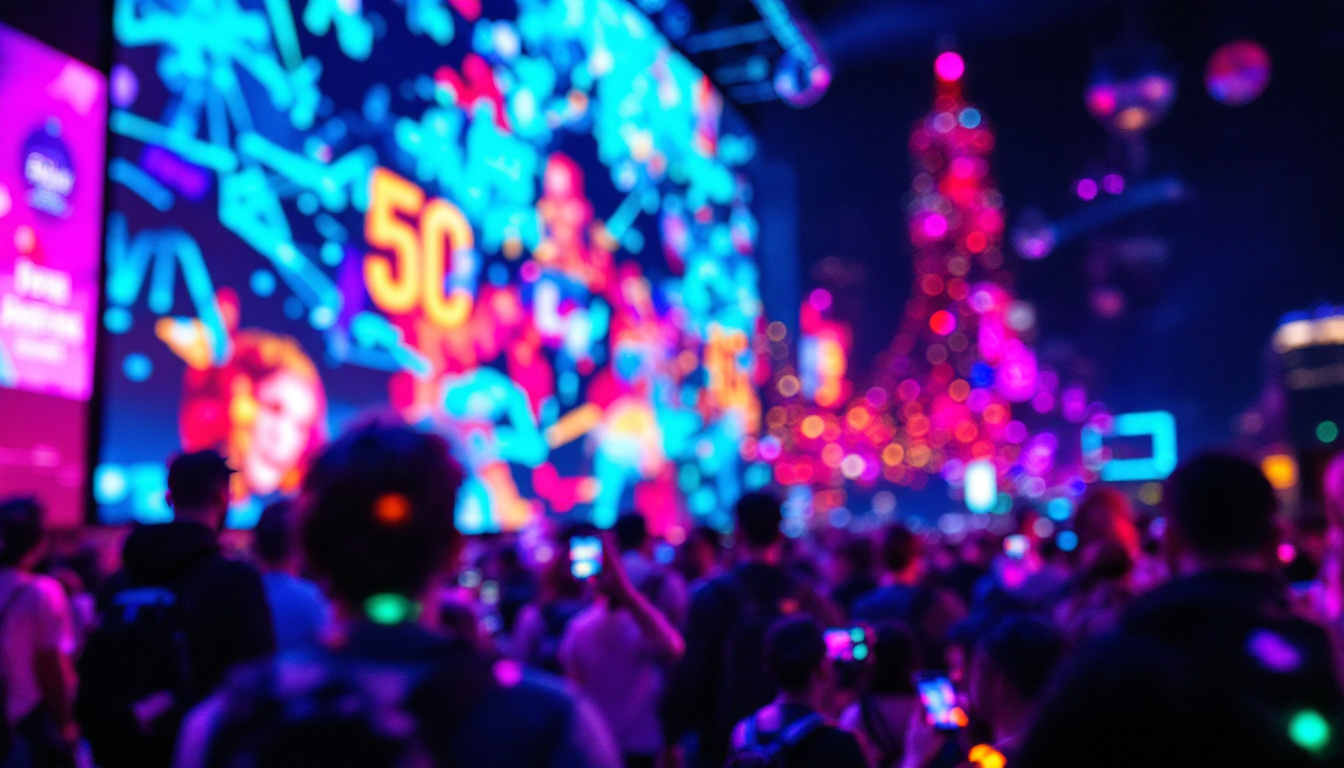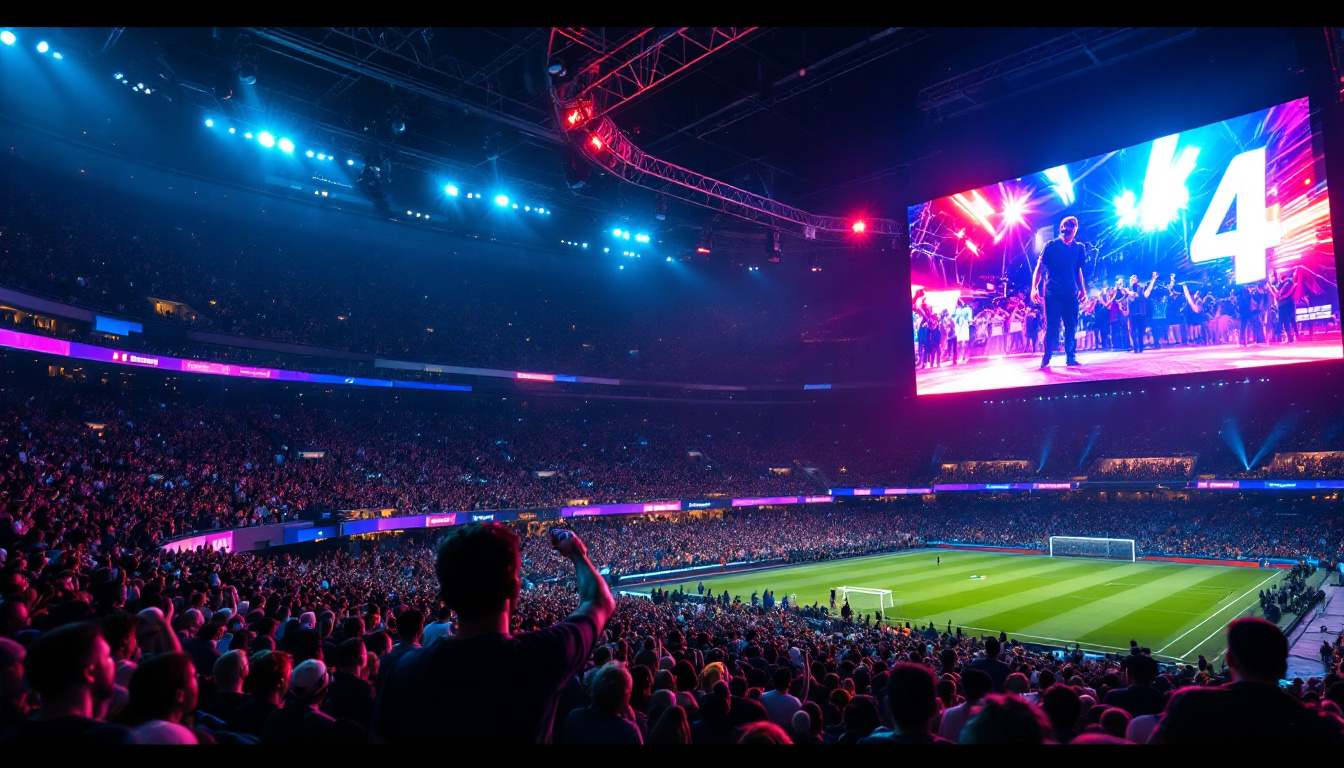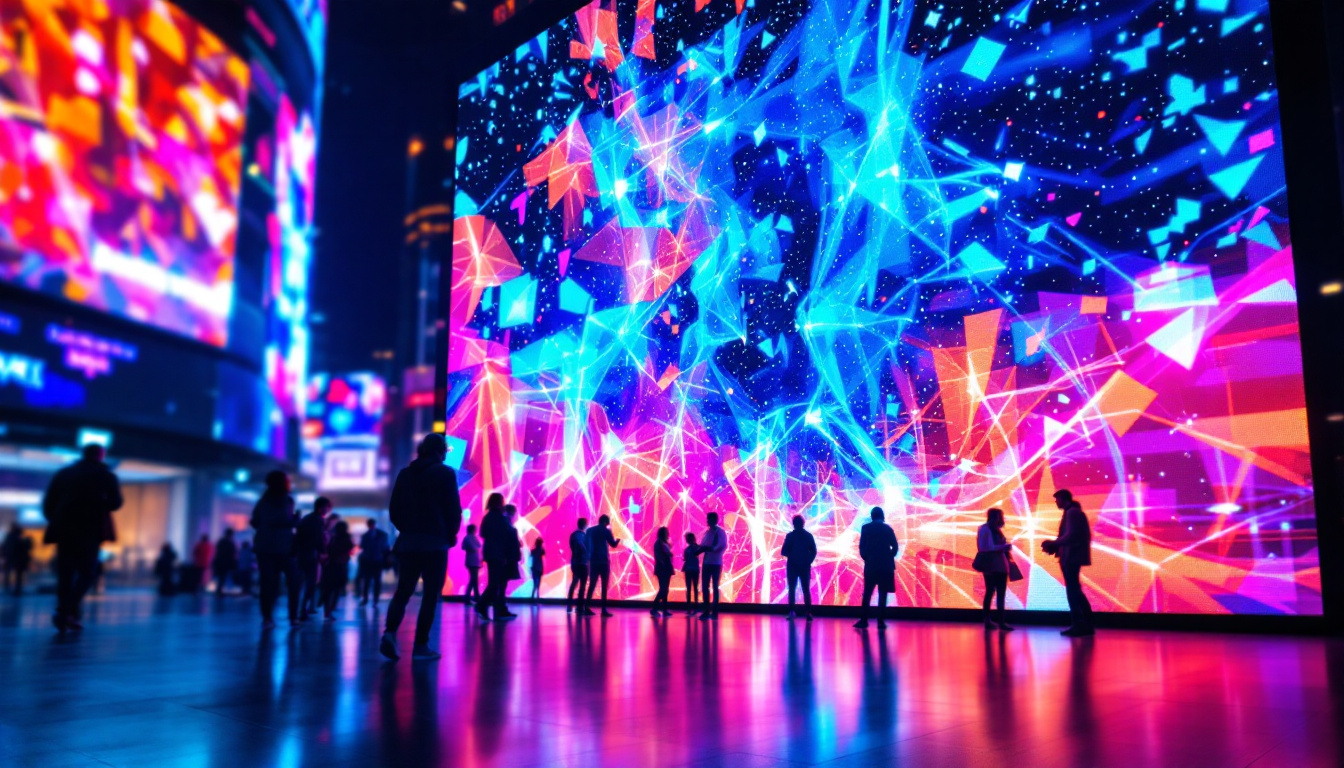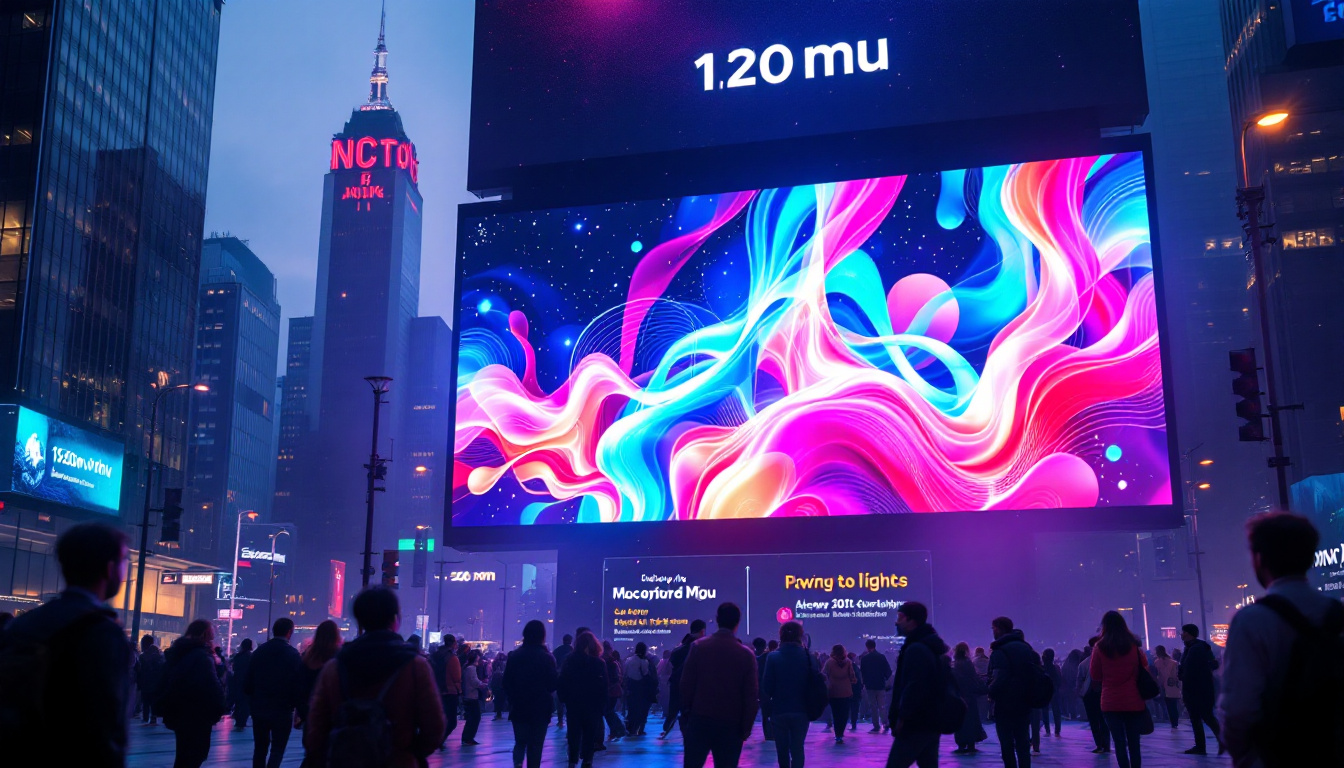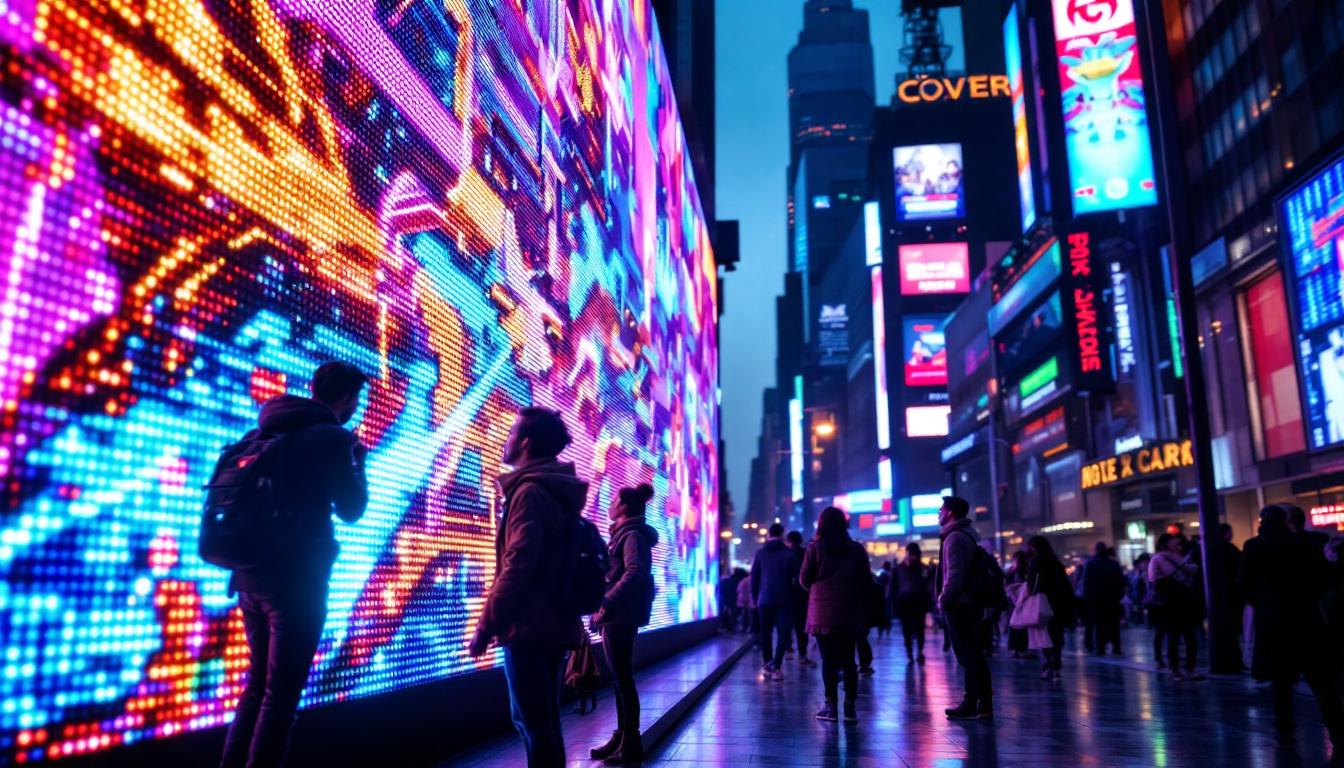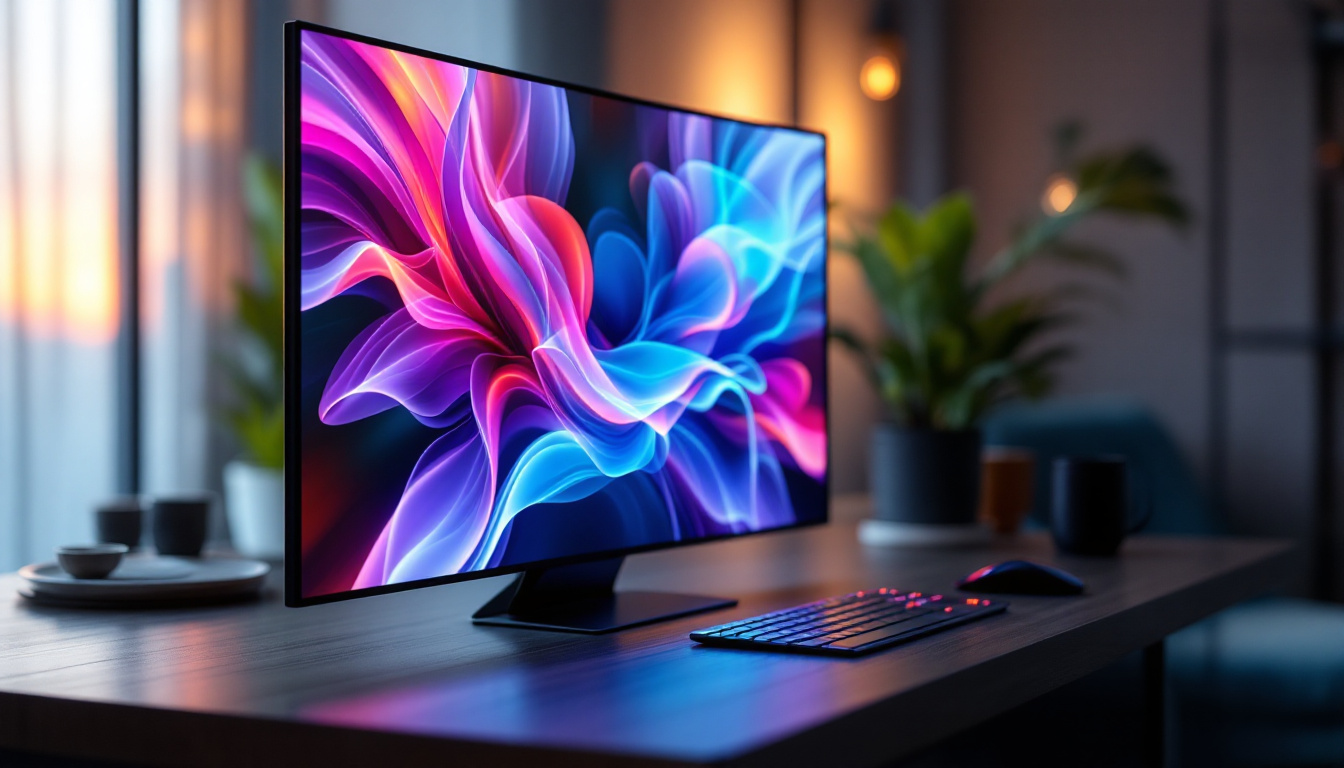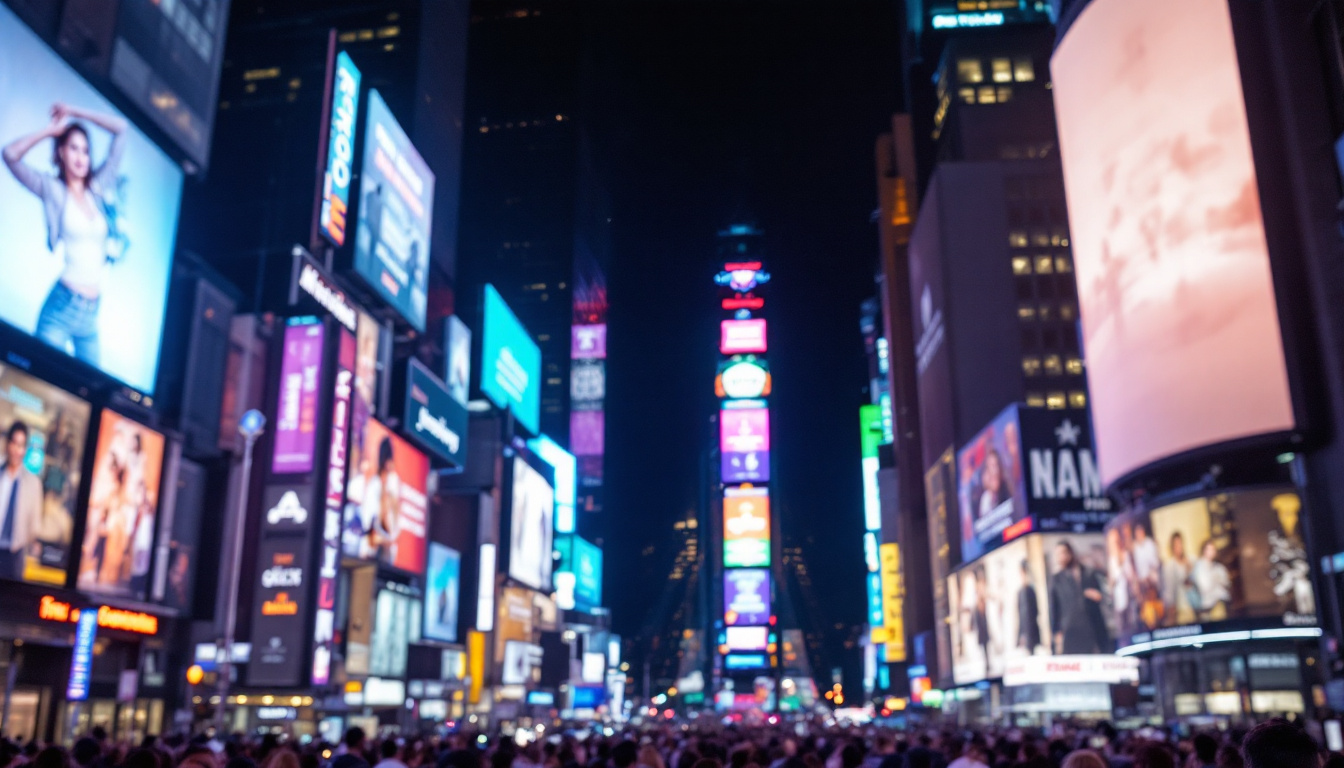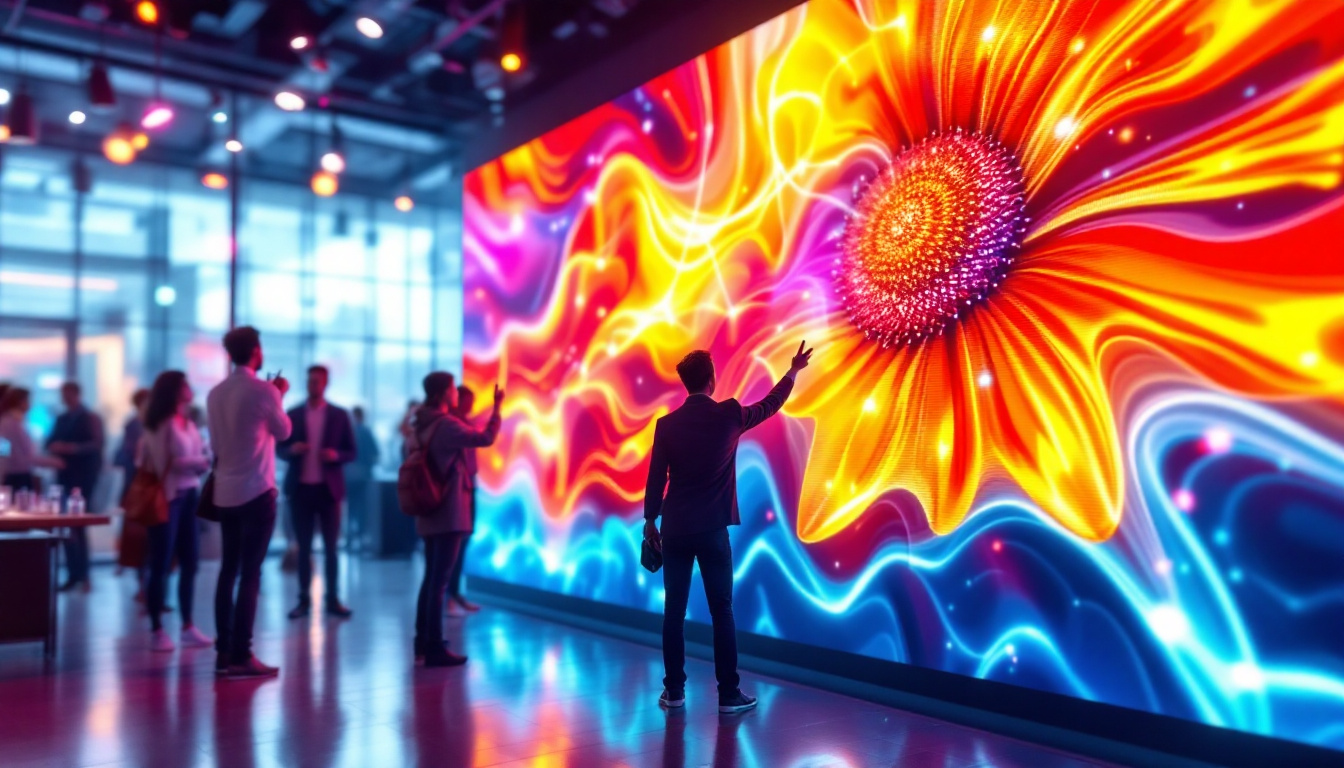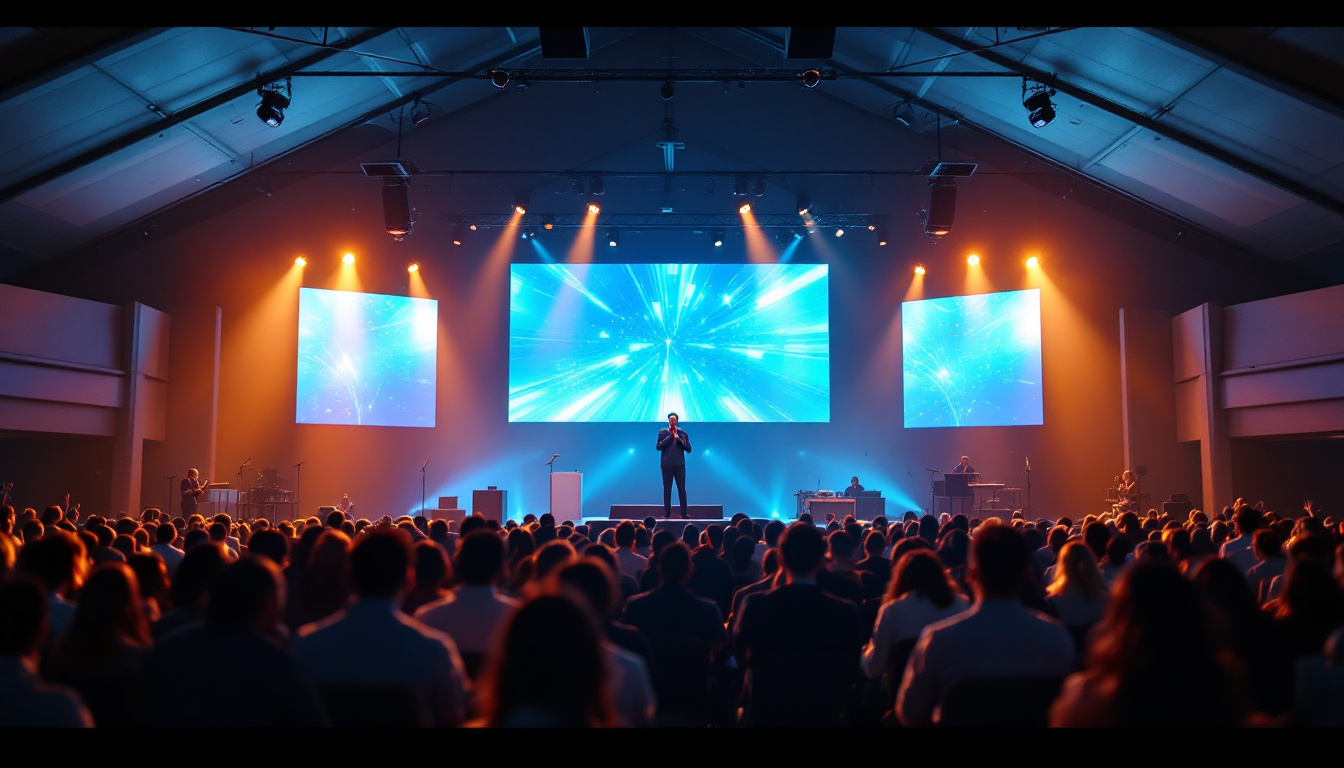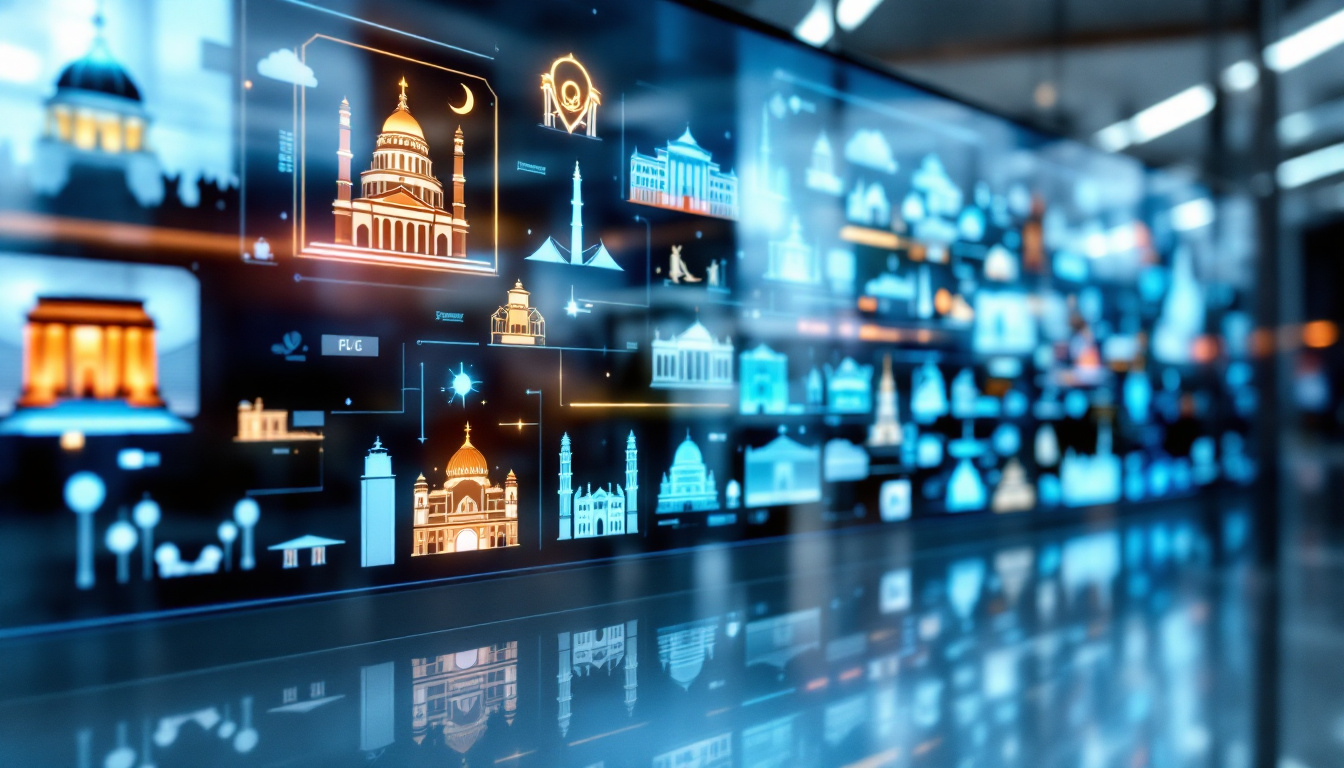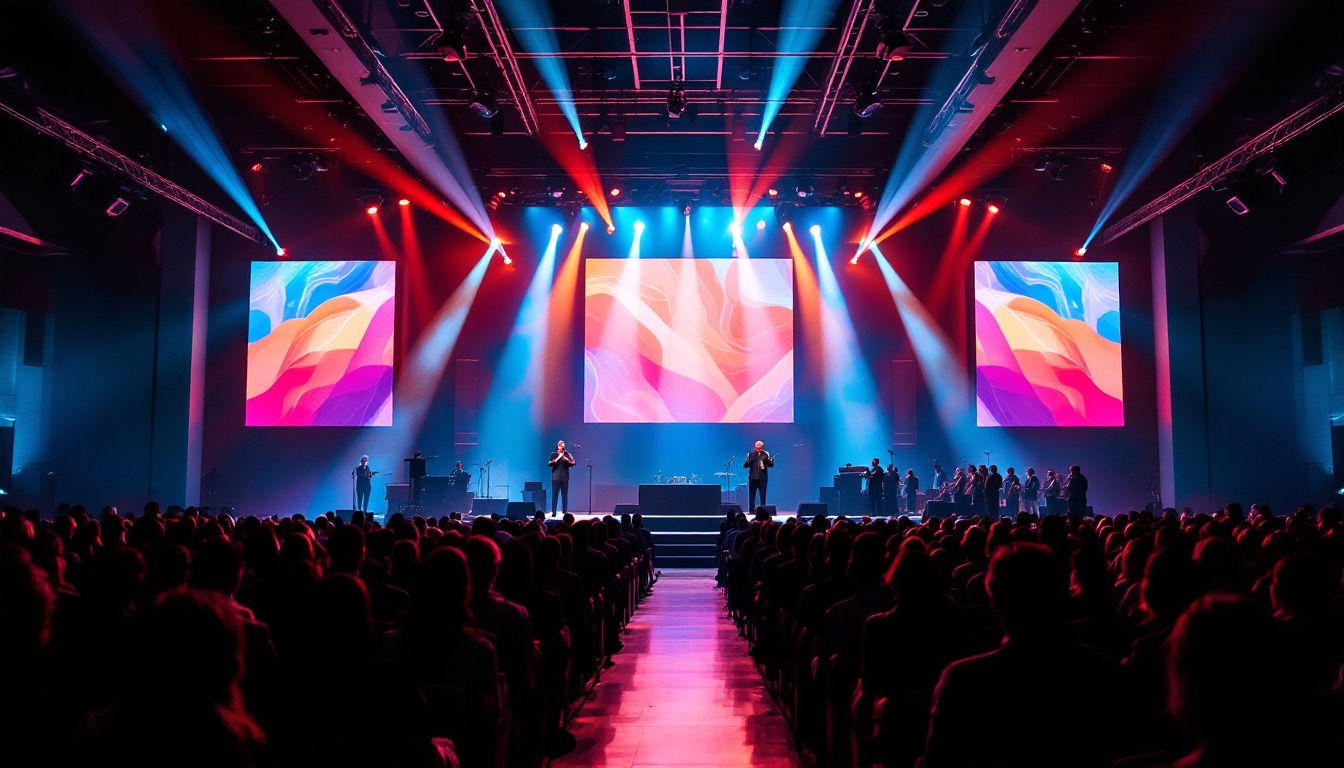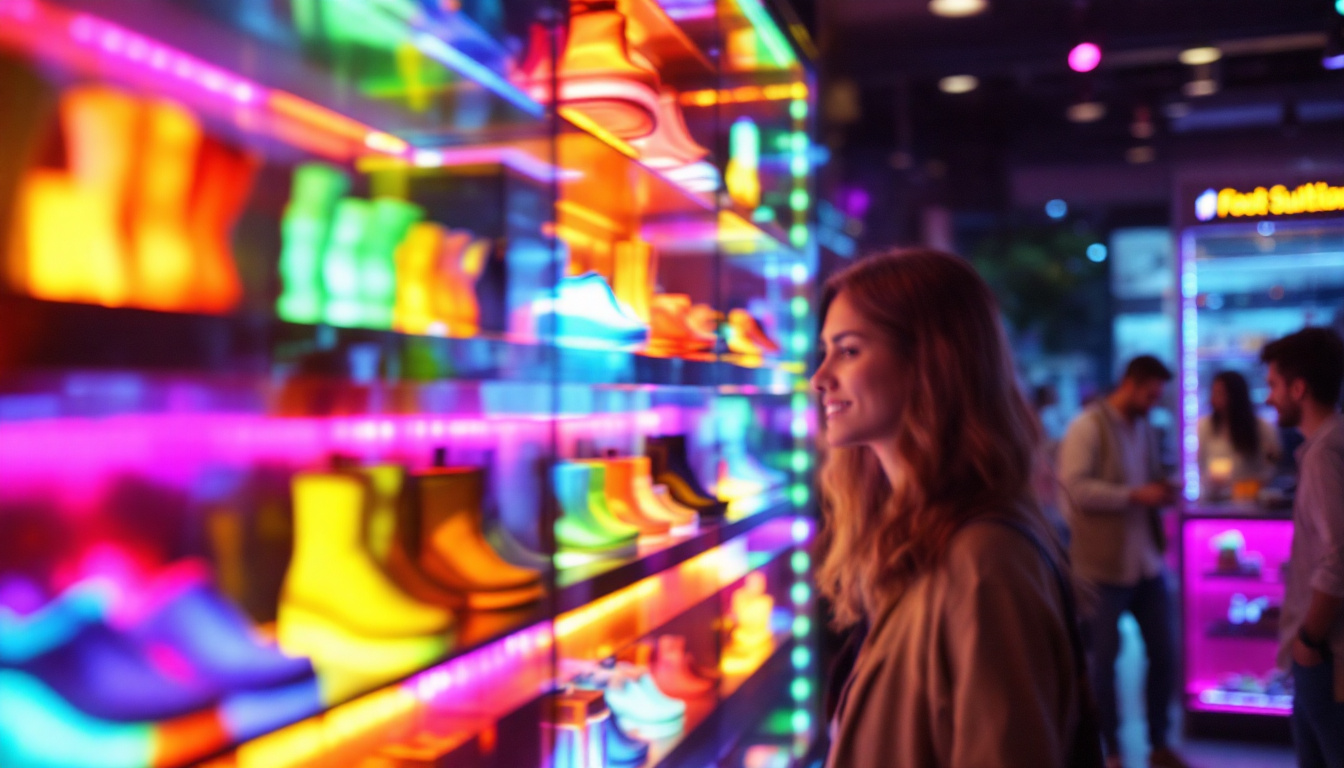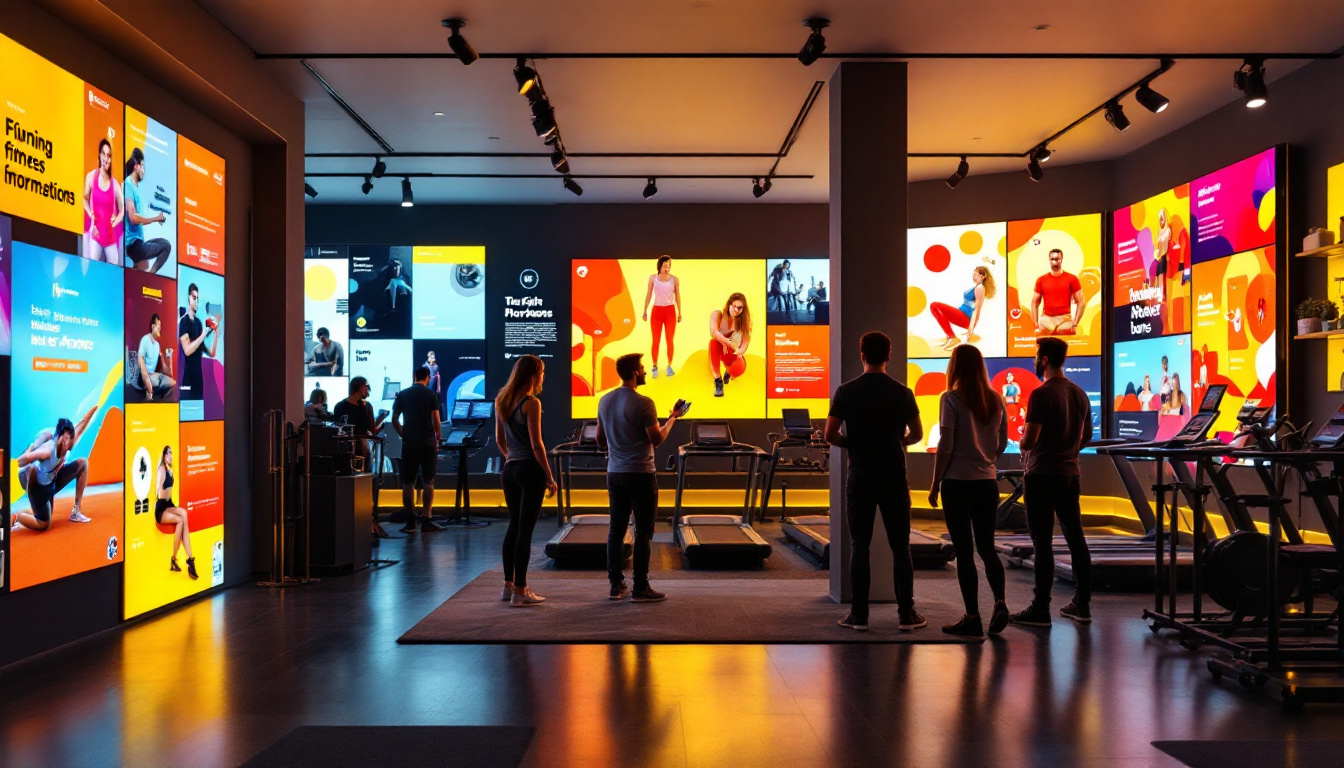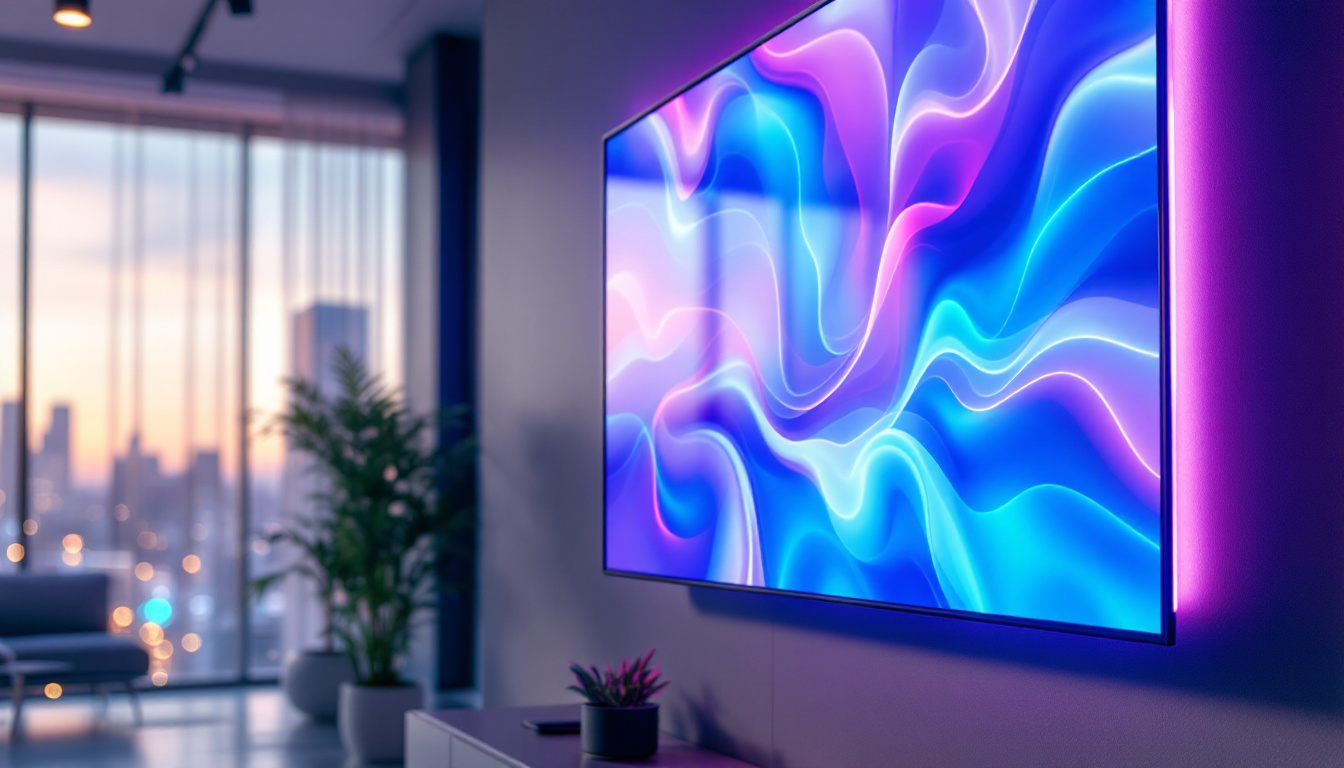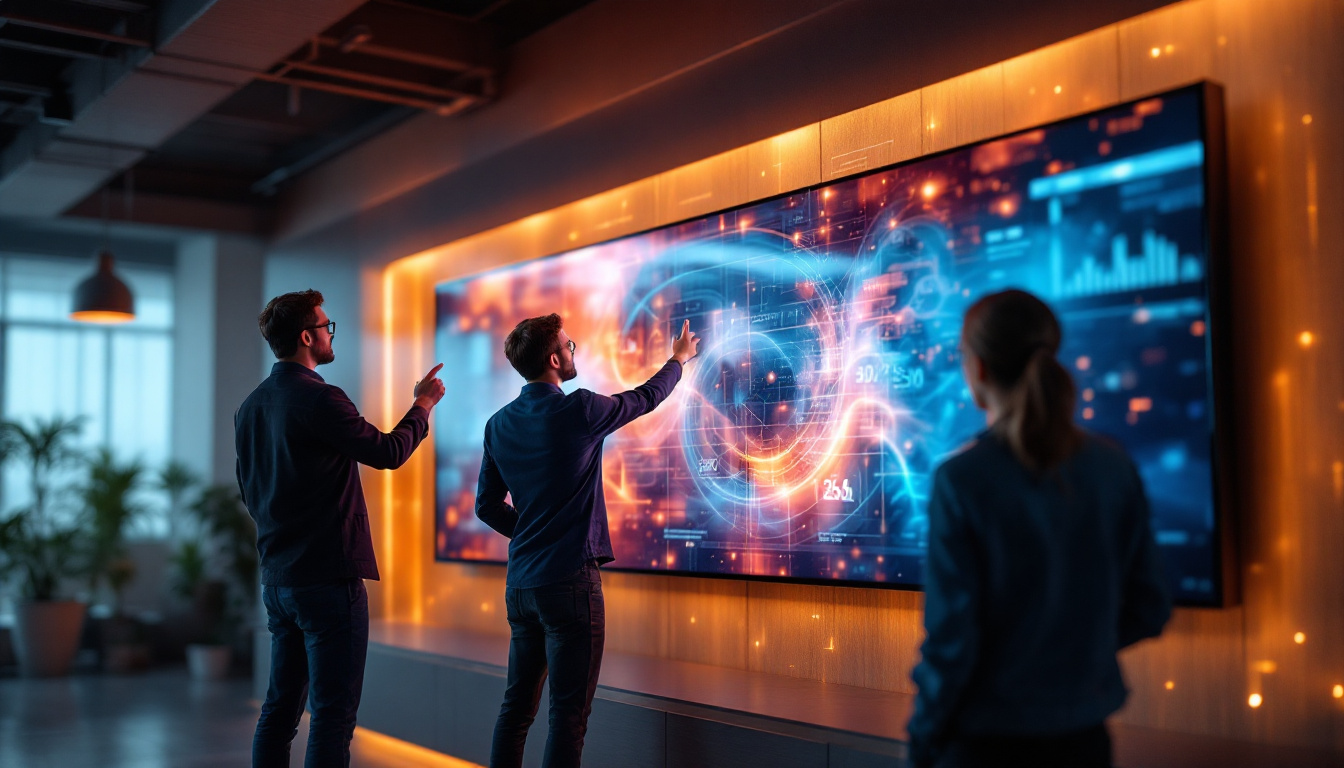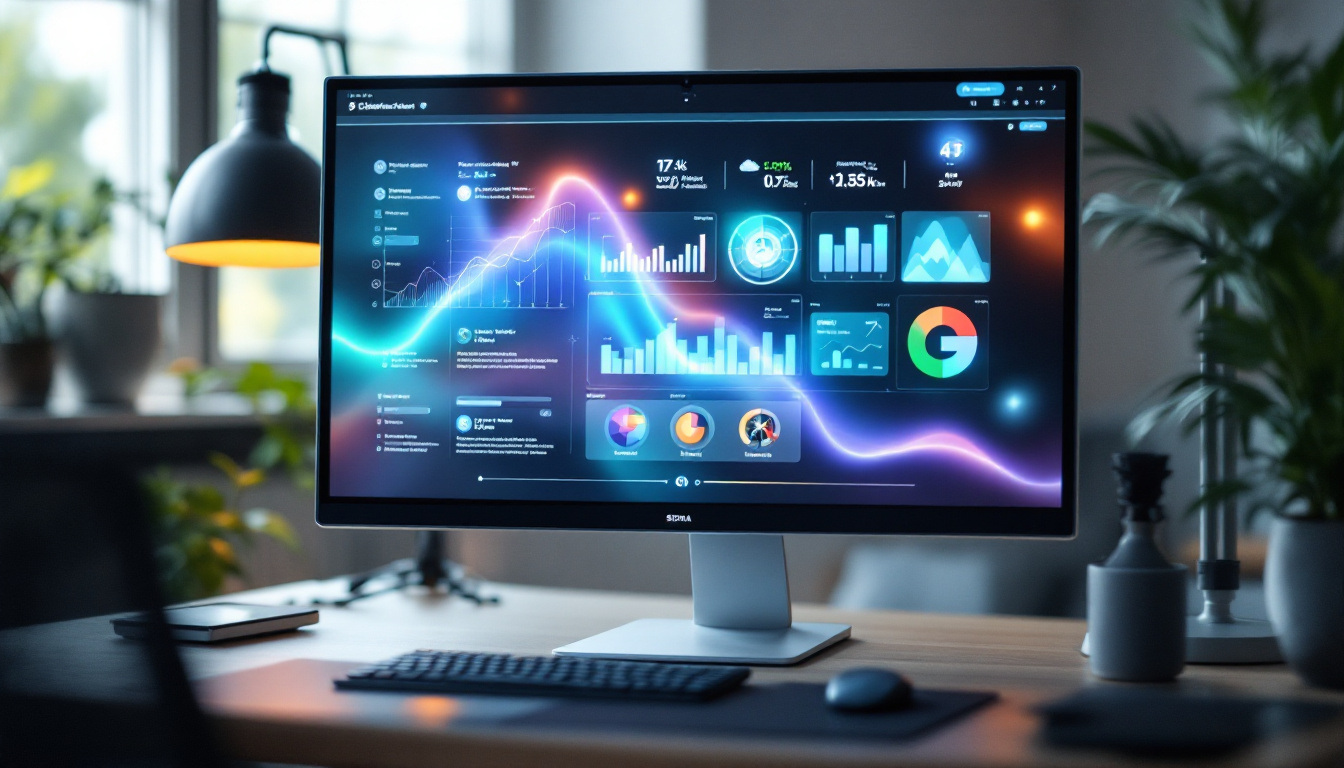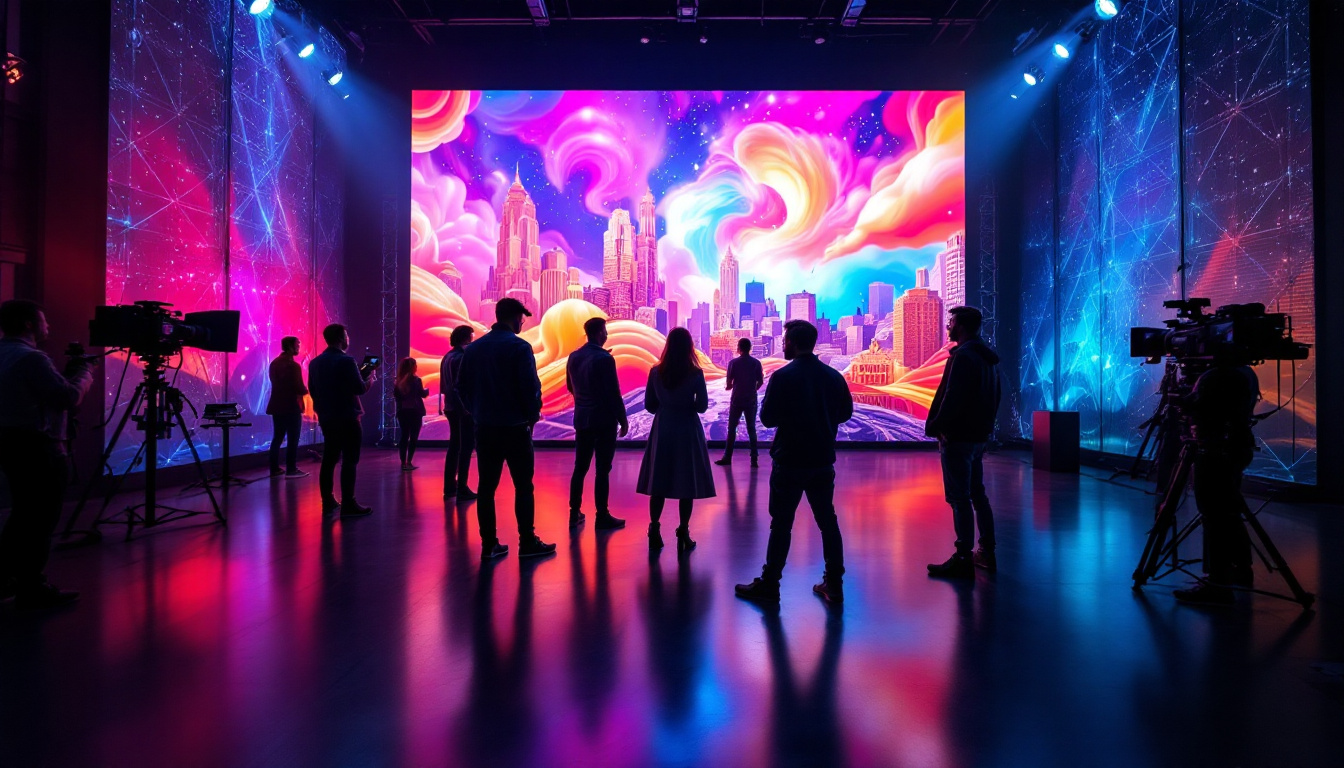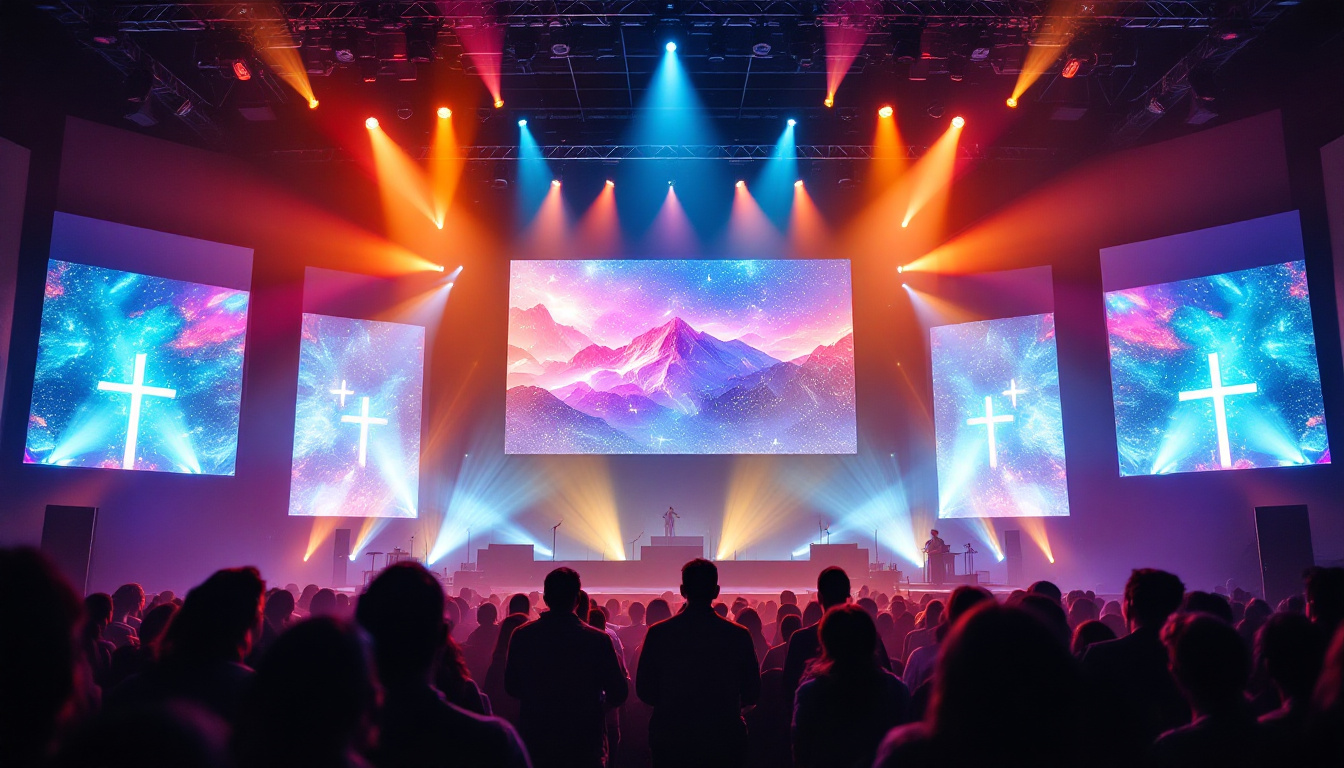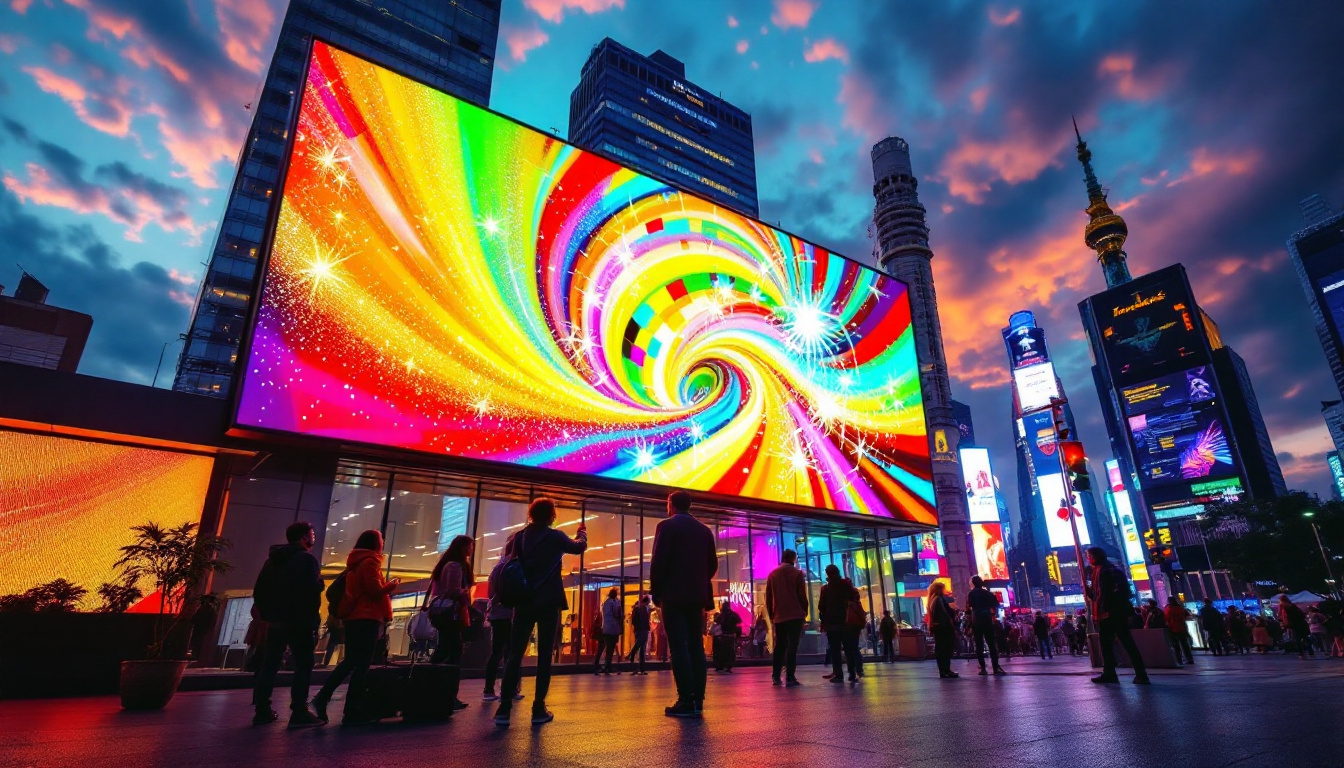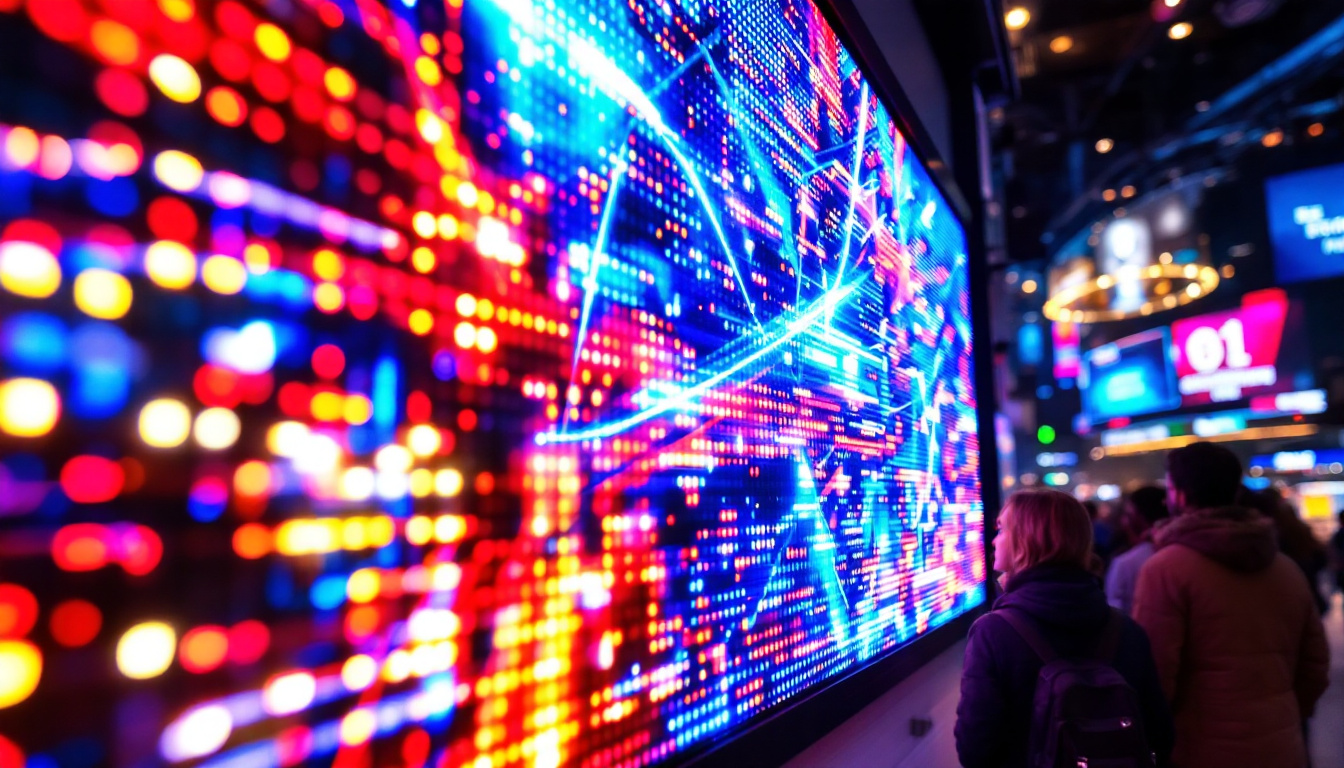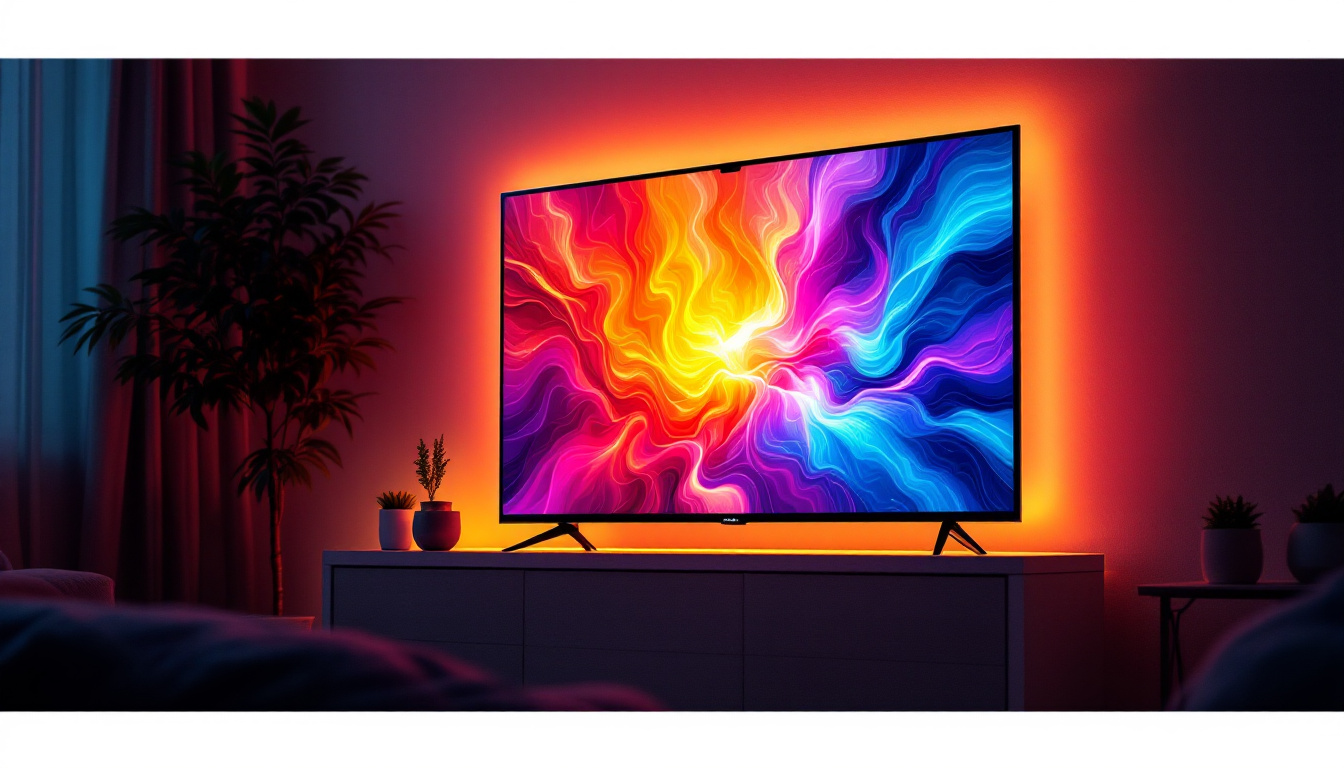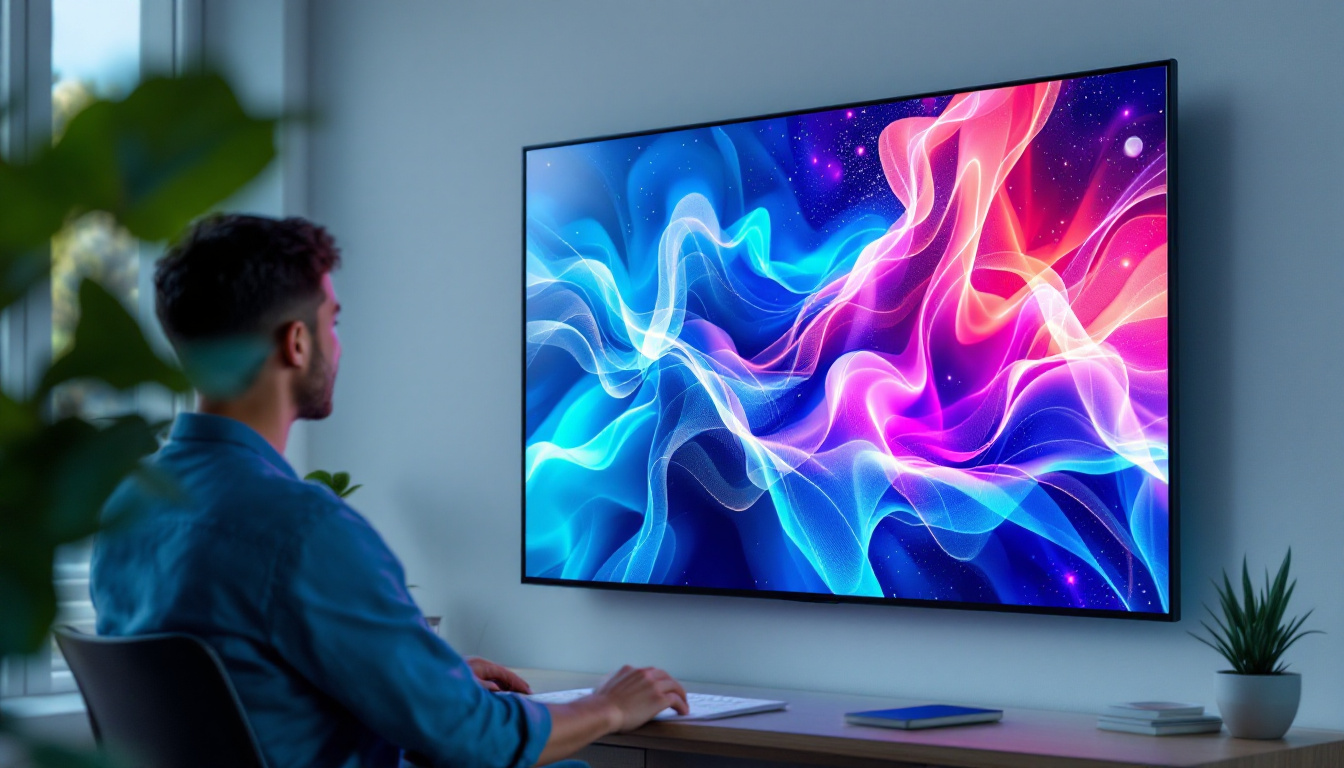In the realm of modern visual technology, video screen walls have emerged as a powerful tool for communication, advertising, and entertainment. These impressive displays, often composed of multiple LED panels, offer a stunning visual experience that captivates audiences in various settings, from corporate environments to large public events. This article delves into the intricacies of LED display technology, exploring its components, applications, and the impact it has on visual communication.
Understanding LED Display Technology
LED (Light Emitting Diode) technology has revolutionized the way images and videos are displayed. Unlike traditional LCD screens, which rely on backlighting and liquid crystals, LED displays utilize individual diodes that emit light when an electric current passes through them. This fundamental difference results in brighter, more vibrant images with better contrast ratios. The advancements in LED technology have not only improved the visual experience but have also contributed to energy efficiency, making them a more sustainable choice for both consumers and businesses alike.
Components of an LED Display
An LED display is made up of several key components that work together to create a cohesive visual experience. The primary elements include:
- LED Modules: These are the building blocks of an LED screen wall, typically arranged in a grid pattern. Each module contains a matrix of individual LEDs that can be controlled to display various colors and brightness levels. The modular design allows for easy repairs and upgrades, ensuring that the display can adapt to changing needs over time.
- Control System: This system manages the input signals and ensures that the correct images and videos are displayed on the screen. It can be programmed to switch between different content types seamlessly, enabling dynamic presentations that can captivate audiences. Advanced control systems also offer features like remote management and real-time monitoring, enhancing operational efficiency.
- Power Supply: LED displays require a reliable power source to function effectively. The power supply converts standard electrical current to the appropriate voltage needed for the LEDs to operate. Modern power supplies are designed to be energy-efficient, reducing overall consumption and operational costs.
Types of LED Displays
LED displays come in various types, each designed for specific applications. The most common types include:
- Indoor LED Displays: These displays are designed for use in controlled environments, such as conference rooms and retail spaces. They typically have a higher pixel density, resulting in sharper images viewed from close distances. Indoor displays are often used for advertising and presentations, where clarity and detail are paramount.
- Outdoor LED Displays: Built to withstand the elements, outdoor LED displays are larger and more durable. They feature a lower pixel density, allowing for visibility from greater distances, making them ideal for billboards and stadiums. These displays are engineered to resist weather conditions, including rain, snow, and extreme temperatures, ensuring consistent performance in all environments.
- Transparent LED Displays: A newer innovation, transparent LED displays allow for visibility through the screen while still displaying images. This technology is often used in retail environments to create eye-catching displays without obstructing views. By integrating transparent displays into storefronts, businesses can enhance customer engagement while maintaining an open and inviting atmosphere.
In addition to these types, there are also flexible LED displays that can be bent or shaped to fit unique installations, allowing for creative designs that were previously impossible. These flexible displays are gaining popularity in artistic installations and immersive environments, where traditional rigid screens fall short. As technology continues to evolve, the potential applications for LED displays expand, paving the way for innovative uses in various industries, from entertainment to education.
Applications of Video Screen Walls
The versatility of LED display technology has led to its adoption across various industries. From advertising to entertainment, the applications are nearly limitless.
Advertising and Marketing
One of the most prominent uses of video screen walls is in advertising. Brands leverage large LED displays to capture the attention of potential customers in high-traffic areas. The dynamic nature of these screens allows for rotating advertisements, promotional videos, and interactive content, making them a powerful marketing tool.
Moreover, the ability to change content in real-time means that businesses can respond to current events or trends, ensuring their messaging remains relevant and engaging. This adaptability is particularly beneficial in fast-paced environments like shopping malls and city centers.
Corporate Communication
In corporate settings, video screen walls serve as effective communication tools. They can be used for presentations, video conferencing, and internal messaging. The high-quality visuals enhance the clarity of information being shared, making it easier for employees to engage with the content.
Additionally, these displays can be integrated into digital signage systems, allowing companies to broadcast important announcements, schedules, or company news across multiple locations simultaneously. This capability fosters a more connected workplace and enhances employee engagement.
Entertainment and Events
Video screen walls have become a staple in the entertainment industry, particularly at concerts, festivals, and sporting events. They provide a larger-than-life viewing experience, ensuring that audiences can enjoy performances from any angle.
Event organizers often utilize LED displays for stage backdrops, live feeds, and interactive content, creating an immersive experience that captivates attendees. The ability to synchronize visuals with audio further enhances the overall impact, making events more memorable.
Benefits of Video Screen Walls
The advantages of incorporating video screen walls into various environments are numerous. From enhanced visibility to improved engagement, these displays offer significant benefits that can elevate any space.
High Visibility and Brightness
One of the standout features of LED displays is their exceptional brightness. Unlike traditional screens, which can struggle in bright environments, LED displays maintain their visibility even in direct sunlight. This characteristic makes them ideal for outdoor applications, where visibility is crucial for capturing attention.
The high contrast ratios and vibrant colors further enhance the visual experience, ensuring that content is not only seen but also appreciated. This level of visibility can significantly impact advertising effectiveness and audience engagement.
Energy Efficiency
Energy efficiency is another critical advantage of LED technology. Compared to traditional display technologies, LED screens consume less power while delivering superior brightness and quality. This efficiency translates to lower operating costs, making LED displays a more sustainable choice for businesses and organizations.
Moreover, advancements in LED technology continue to improve energy consumption rates, further solidifying their position as an environmentally friendly option for visual displays.
Durability and Longevity
LED displays are known for their durability, making them suitable for both indoor and outdoor use. Their robust construction allows them to withstand harsh weather conditions, including rain, snow, and extreme temperatures. This resilience reduces the need for frequent replacements, resulting in long-term cost savings.
Additionally, LED technology has a longer lifespan compared to traditional displays, often exceeding 100,000 hours of use. This longevity ensures that investments in video screen walls yield significant returns over time.
Challenges and Considerations
While video screen walls offer numerous benefits, there are also challenges and considerations that organizations must address when implementing this technology.
Initial Investment Costs
The initial costs associated with purchasing and installing LED displays can be substantial. High-quality video screen walls require a significant investment, which may deter some businesses from adopting this technology. However, it is essential to consider the long-term savings and benefits that come with LED displays, as they often pay off over time through reduced operational costs and increased engagement.
Technical Expertise
Another challenge lies in the technical expertise required for installation and maintenance. Proper setup and calibration are crucial to ensure optimal performance. Organizations may need to invest in training staff or hiring professionals to manage the technology effectively.
Additionally, ongoing maintenance is necessary to keep the displays functioning at their best. Regular checks and updates can prevent potential issues and ensure that the content remains fresh and engaging.
The Future of Video Screen Walls
The future of video screen walls looks promising, with continuous advancements in technology paving the way for even more innovative applications. As the demand for high-quality visual experiences grows, manufacturers are developing new features and capabilities to meet these needs.
Integration with Smart Technology
One of the most exciting trends is the integration of LED displays with smart technology. This integration allows for enhanced interactivity, enabling users to engage with content in real-time. For instance, touch-sensitive screens can facilitate user interaction, while AI-driven content can personalize experiences based on audience preferences.
Furthermore, the use of data analytics can optimize content delivery, ensuring that the right message reaches the right audience at the right time. This level of customization can significantly enhance the effectiveness of advertising and communication efforts.
Advancements in Display Quality
As technology continues to evolve, so does the quality of LED displays. Future advancements may lead to higher resolutions, improved color accuracy, and even more energy-efficient designs. These enhancements will further elevate the visual experience, making video screen walls an even more appealing option for various applications.
Additionally, the development of flexible and curved LED displays opens up new possibilities for creative installations, allowing designers to push the boundaries of traditional display formats.
Conclusion
Video screen walls have transformed the landscape of visual communication, offering unparalleled opportunities for engagement and interaction. With their vibrant displays, energy efficiency, and durability, LED technology has become the preferred choice for businesses and organizations looking to captivate their audiences.
As the industry continues to innovate, the future of video screen walls promises even more exciting developments. By embracing this technology, organizations can enhance their messaging, improve customer experiences, and stay ahead in an increasingly competitive market.
In summary, understanding the components, applications, and benefits of LED displays is essential for anyone looking to leverage this powerful technology. Whether for advertising, corporate communication, or entertainment, video screen walls are poised to play a significant role in shaping the future of visual interaction.
Discover LumenMatrix LED Display Solutions
Ready to elevate your visual communication with the latest in LED display technology? LumenMatrix is at the forefront of innovation, offering a wide range of LED display solutions tailored to your needs. From vibrant Indoor and Outdoor LED Wall Displays to dynamic Vehicle and Sports LED Displays, our products are designed to captivate your audience and amplify your message. Experience the future of digital signage with our All-in-One LED Displays, LED Posters, and revolutionary Transparent LED Displays. Don’t miss the opportunity to transform your space with LumenMatrix’s cutting-edge technology. Check out LumenMatrix LED Display Solutions today and see your vision come to life.

